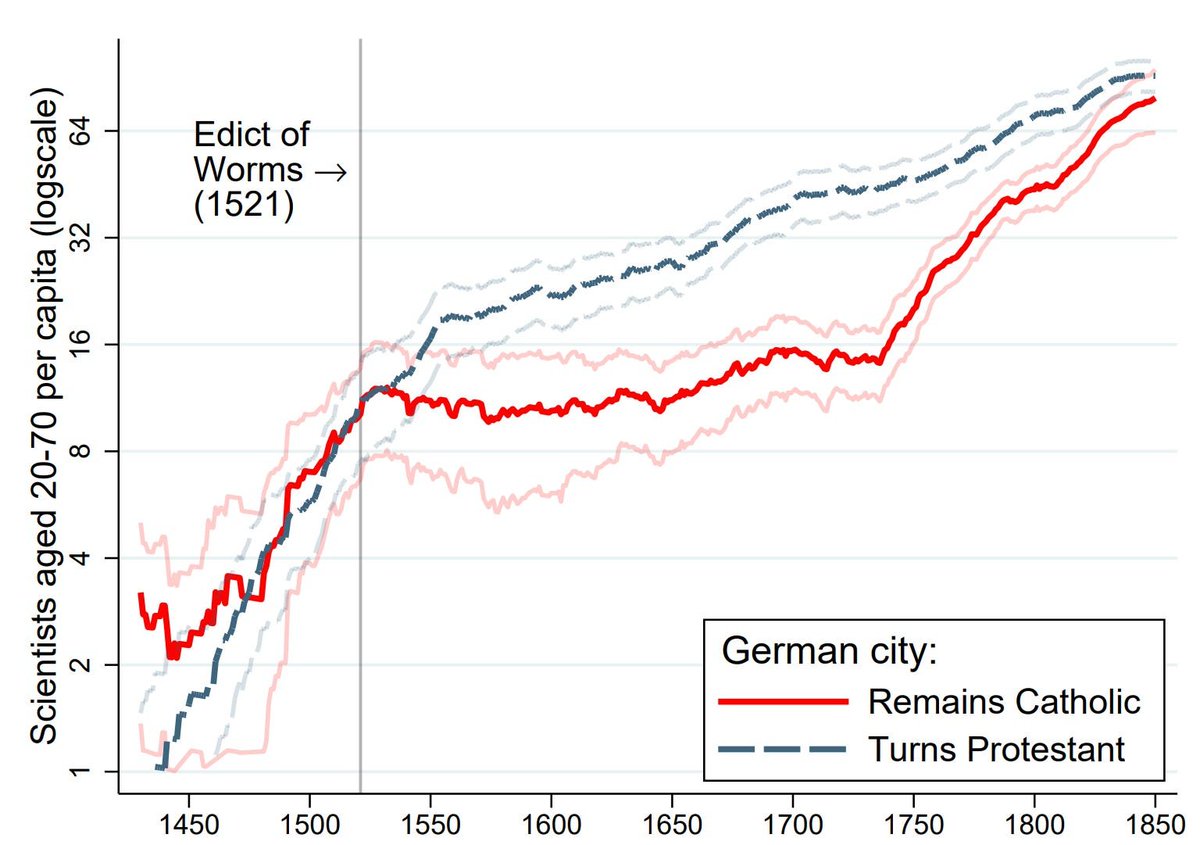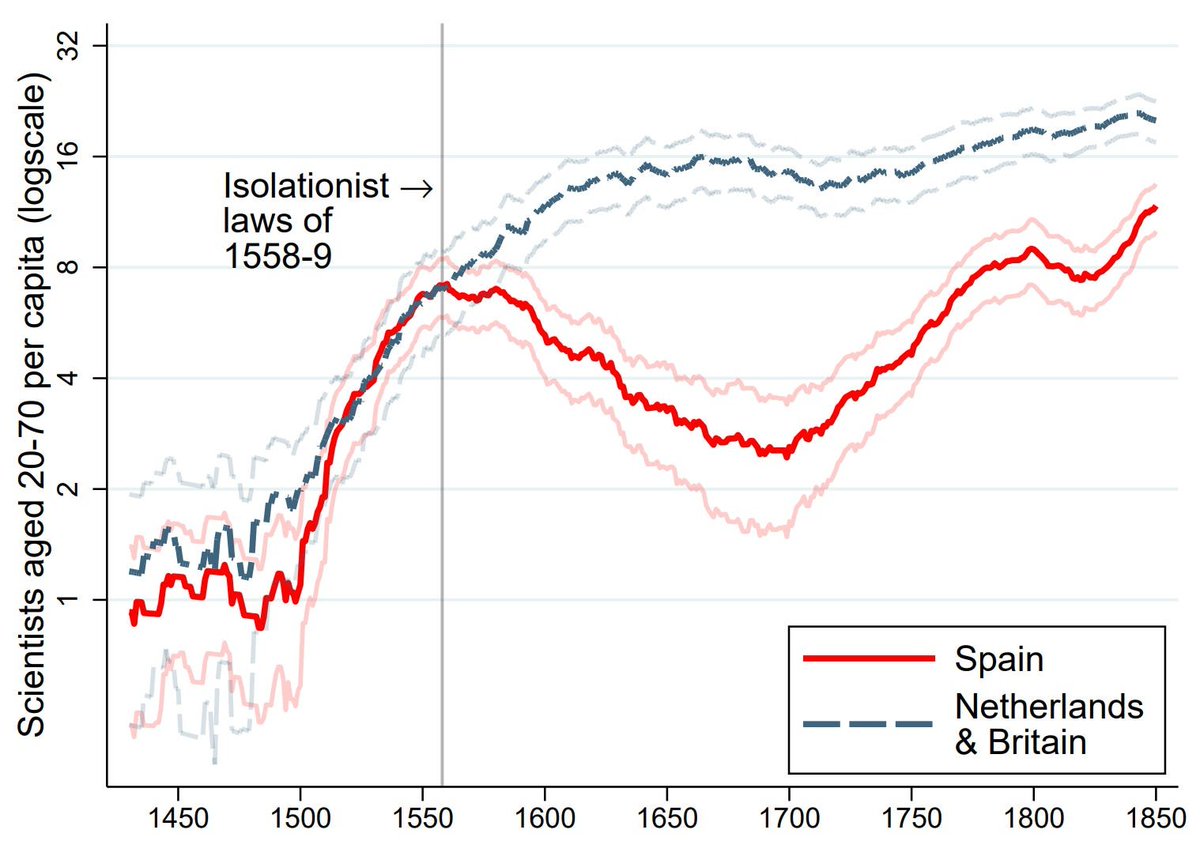"SAT scores just reflect zip codes" is probably dead.
A new study used a sample of 760,000 military children whose families were randomly assigned to different counties/zips and found living in a +1 SD county or zip code for twenty years upped scores by just 0.05 or 0.19 d:
A new study used a sample of 760,000 military children whose families were randomly assigned to different counties/zips and found living in a +1 SD county or zip code for twenty years upped scores by just 0.05 or 0.19 d:

That 1 SD gap between Blacks and Whites? It's not explained by Blacks living in about 0.6 SD worse neighborhoods. Maybe about 10% is.
That's probably to much though, because the instrumental variable analysis suggested the sign of the effect on SAT scores was negative!
That's probably to much though, because the instrumental variable analysis suggested the sign of the effect on SAT scores was negative!

The authors had this to say on the negative estimated effect on SAT totals:
Looking closely, all of the causal estimates of place effects on SAT scores were at best marginally significant, unlike the effects on attained income, college attendance, and earnings.
Looking closely, all of the causal estimates of place effects on SAT scores were at best marginally significant, unlike the effects on attained income, college attendance, and earnings.

The paper is worth a read. It is much less reassuring about impacts on SAT scores than it is about impacts on other aspects of SES. Those effects are small but meaningful, and thankfully not too heterogeneous by group, but that is realistic!
Source: nber.org/papers/w32674
Source: nber.org/papers/w32674
• • •
Missing some Tweet in this thread? You can try to
force a refresh




















